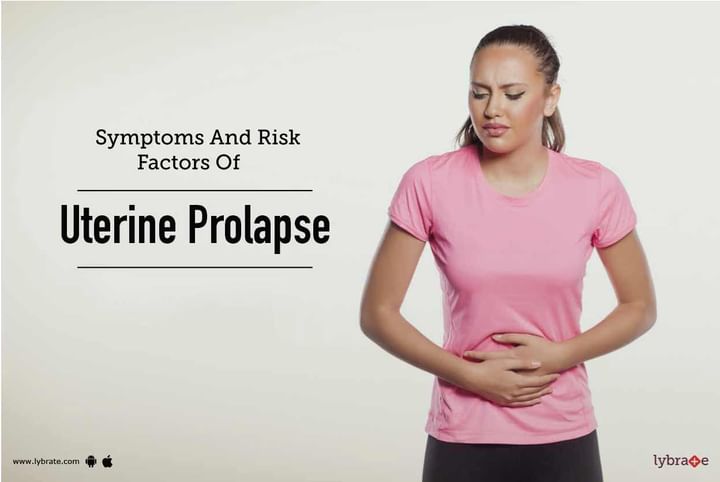Symptoms And Risk Factors Of Uterine Prolapse!
Uterine prolapse is a condition which occurs due to a weakness in the muscles and ligaments of the pelvic floor which are responsible for supporting the uterus. This condition results in the bulging out of the uterus from the vagina. The continuous stretching in the muscles of the pelvic floor due to the lifting of heavy things might initiate uterine prolapse. If you suffer from severe uterine prolapse, the doctors might suggest laparoscopic surgery to get rid of the pain. Lack of diagnosis might form infected ulcers in the pelvic regions.
Risk Factors
The risk factors that can trigger a uterine prolapse are as follows:
- You are more prone to suffering from uterine prolapse as you age because aging causes a significant reduction in the estrogen (the hormone responsible for the overall development of the pelvic muscles) levels of the body.
- If your pelvic muscles and the adjoined tissues have suffered sustained damage during pregnancy or childbirth, you have a higher risk of suffering from uterine prolapse.
- Obesity, sustained episodes of constipation or coughing make you more vulnerable to uterine prolapse.
- In women, estrogen levels reduce significantly after menopause.
- A woman who has undergone vaginal childbirth multiple times can suffer from uterine prolapse.
- Having undergone surgery in the pelvic region and experiencing severe pain during excretion raises the risk levels even more.
Symptoms
The symptoms of uterine prolapse vary with the severity of the condition. If the prolapse is a minor one, there will be no symptoms. But severe uterine prolapse might bring with it the following symptoms:
- Severe pain in the lower back region along with significant problems during urination such as leakage of urine.
- Bulging out of tissues from the vagina.
- Recurrent instances of constipation and abnormal discharges from the vagina.
- Infection in the bladder and experiencing severe problems during sex intercourse.



+1.svg)
